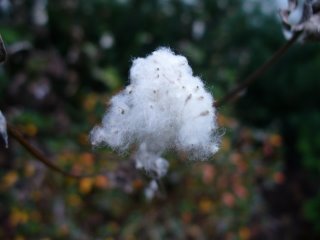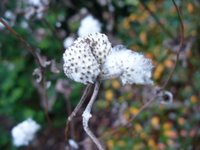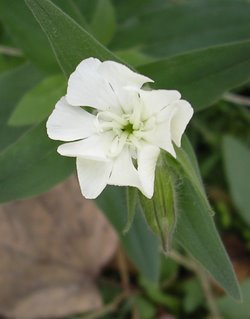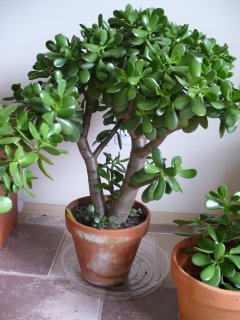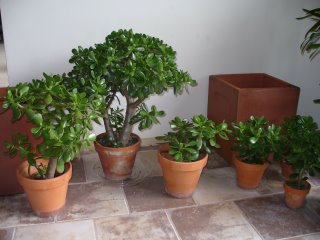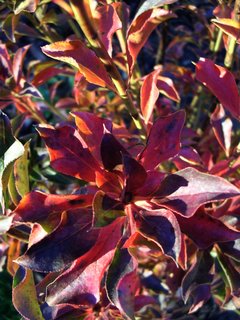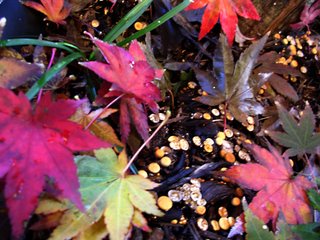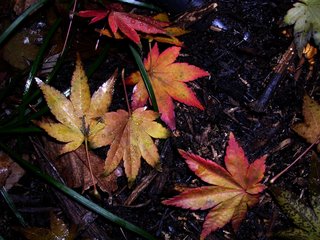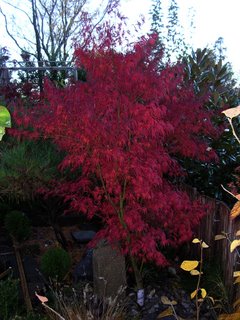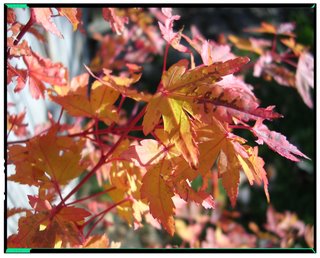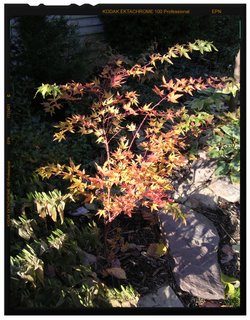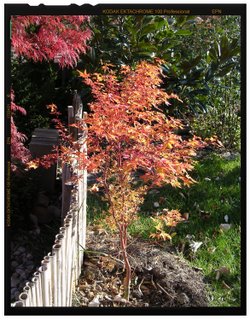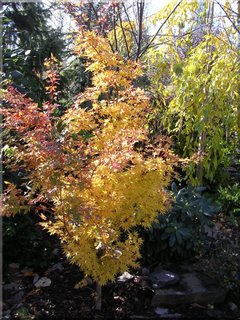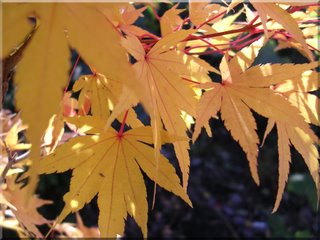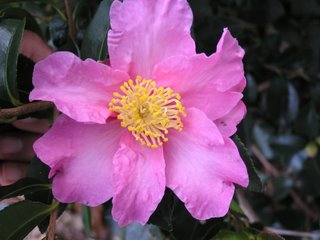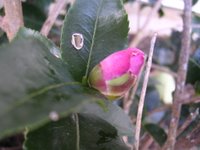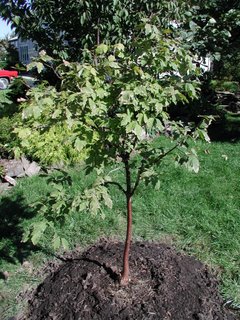
I planted a small copse of paperbark maples about 3 years ago in two plantings. I bought one tree first and it died. There was a end of year sale so I bought 3 more, planted it in the same location as the first and they all promptly died. I read later that they don't like to have water-logged roots and they prefer a slightly akaline soil. The site where I planted the trees had neither. It was boggy when it rained, acidic soil and exposed to winter winds.
I always admired the look of the tree with its attractive exfoiliating bark and reddish, rich brown trunk. I thought of getting another tree but not having any success and the cost of the trees held me back.
We were at a nursery auction where they had gorgeous large paperbark maples but the auction was slowly wending its way toward the maples, too slowly, so I didn't get to bid on one.
Well, several weeks back, I spotted one at the local nursery we frequent and it was for sale for only $25 bucks. I had to pounce on the deal and once again we have an Acer griseum. This time I planted it in a drier spot and added a small amount of lime to the soil before planting on a raised mound. It's still not in an ideal location i.e. a sheltered spot in the yard and it will be somewhat exposed to the winter winds but I hope it will survive.
Acer griseum originally comes from China and apparently they are becoming rare there so I feel a little guilty that we have raped yet another species from other lands for our own pleasure. These trees are propagated here so I don't feel too badly but it's a sad comment on plant collecting. This is compounded by the fact that the seeds of this tree are mostly infertile so the tree is difficult to propagate.
Please excuse the jumbled format. I switched to the new Blogger and changed the template too...need to do some tweaking. Again, I'm using Firefox but it sure looks different in Microsoft IE. I wish we could have some consistency. I will slowly make the corrections.
